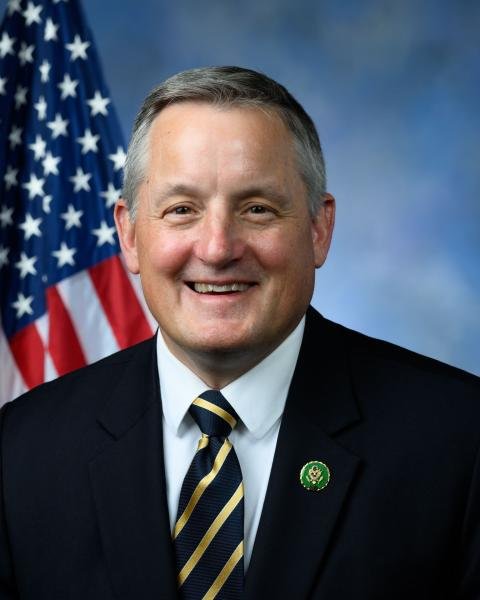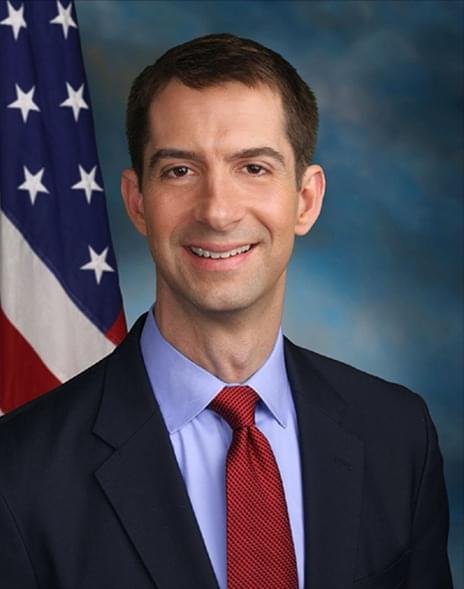In an order from the U.S. District Court of Arizona, the court concluded that the U.S. Environmental Protection Agency failed to comply with the Federal Insecticide, Fungicide, and Rodenticide Act, or FIFRA’s, public notice-and-comment requirements when approving a “new use” of dicamba. The court order is available online.
Dicamba is an herbicide that targets broad-leafed plants and is used to combat weeds that have grown resistant to glyphosate, including palmer amaranth, commonly known as pigweed. Prior to 2016, dicamba has been used as a pre-emergent, meaning that it was applied to the ground in late winter or early spring before crops were planted. Older forms of dicamba were prone to volatility causing the pesticide to move off target and damage nearby fields. By applying dicamba as a pre-emergent, risk of off-target damage was greatly reduced. However, in 2015, Monsanto Co., which is now part of Bayer, released a line of soybean and cotton seeds engineered to be resistant to dicamba. The following year, EPA approved over-the-top use of dicamba for the first time. Several companies brought dicamba products to market.
“The decision to approve over-the-top use of dicamba was very controversial,” Brigit Rollins, staff attorney for the National Agricultural Law Center, said. “Lawsuits challenging that decision were filed almost right away.”
According to Bayer’s website, its dicamba products are registered for use in all but 14 of the 48 contiguous states, including Arkansas.
The Feb. 6 court order from the U.S. District Court of Arizona is not the first time the dicamba registration has been vacated. In June 2020, the U.S. Ninth Circuit Court of Appeals vacated the then-current dicamba registration for violating FIFRA. Following that cancel order, EPA re-registered dicamba for over-the-top use through 2025. Once again, the same parties that had challenged the previous dicamba registration filed a lawsuit against EPA for re-approving over-the-top use.
Wait and see
For now, it’s a wait-and-see situation for farmers who use the products and the defendants.
In an online statement, defendant-intervenor Bayer, said “We respectfully disagree with the ruling against the EPA's registration decision, and we are assessing our next steps. We also await direction from the EPA on important actions it may take in response to the ruling.”
“Now that the court has issued its decision, we’re waiting to see what both EPA and the defendants will do next,” Rollins said. “Last time around, EPA issued its formal cancellation order pretty quickly after the decision, but the agency did allow people who had already purchased dicamba for the 2020 growing season to use up their existing stocks. We’re waiting to see if EPA will do the same on this go around.”
Rollins added that it’s likely the defendants will appeal this ruling.
“If they do, we’ll be waiting to see whether the district court’s ruling is stayed while the appellate court considers the case,” she said.
While the timeline on EPA’s response to the court’s order is uncertain, the decision by the Arizona federal court indicates a forthcoming Notice of Intent to Cancel over-the-top use of dicamba. Currently, Arizona is the only state in the Ninth Circuit where dicamba is available for over-the-top use.
Mention of product names does not imply endorsement by the University of Arkansas System Division of Agriculture.
More on the history of dicamba can be found on the NALC website in a series authored by Rollins, “The Deal with Dicamba.”
Rollins is set to discuss the future of pesticides in the western U.S. at the Western Agricultural and Environmental Law Conference. The event will be held at the University of Nevada, Reno, on June 13-14 with a livestream option available. Conference information and registration is available online.
For information about the National Agricultural Law Center, visit nationalaglawcenter.org or follow @Nataglaw on x. The National Agricultural Law Center is also on Facebook and LinkedIn.
For updates on agricultural law and policy developments, subscribe free of charge to The Feed, the NALC’s newsletter highlighting recent legal developments facing agriculture, which issues twice a month.
About the National Agricultural Law Center
The National Agricultural Law Center serves as the nation’s leading source of agricultural and food law research and information. The NALC works with producers, state and federal policymakers, Congressional staffers, attorneys, land grant universities, and many others to provide objective, nonpartisan agricultural and food law research and information to the nation’s agricultural community.
The NALC is a unit of the University of Arkansas System Division of Agriculture and works in close partnership with the USDA Agricultural Research Service, National Agricultural Library.





















